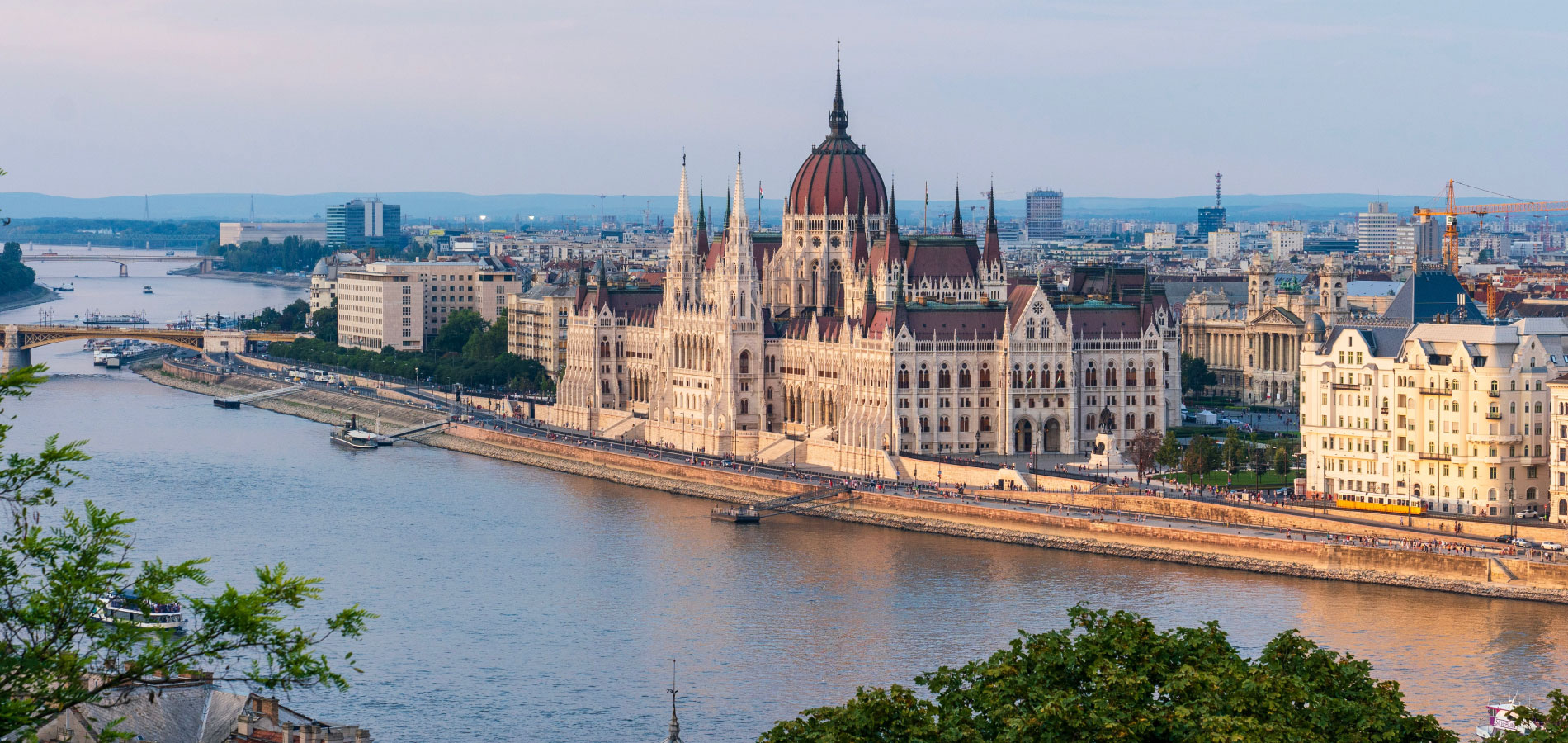
Hungary is a landlocked country in Central Europe. Its capital, Budapest, is bisected by the Danube River. Its cityscape is studded with architectural landmarks from Buda’s medieval Castle Hill and grand neoclassical buildings along Pest’s Andrássy Avenue to the 19th-century Chain Bridge. Turkish and Roman influence on Hungarian culture includes the popularity of mineral spas, including at thermal Lake Hévíz.
There is a long history of tourism in Hungary, and Hungary was the world’s thirteenth most visited tourist destination country in 2002. Tourism increased by nearly 7 percent between 2004 and 2005. European visitors comprise more than 98 per cent of Hungary’s tourists. Austria, Germany, and Slovakia make the largest numbers of visitors to the country. Most tourists arrive by car and stay for a short period of time. Hungary’s tourist season is from April through October. July and August are the best tourist months. Budapest is the country’s most popular tourist destination.
• They’ve won more than 465 Olympic medals
• It is considered rude to clink your beer glasses
• The Hungarian language is truly unique
• The first foreign fast food restaurant was Mcdonald’s
• It is one of the oldest countries in Europe
• There are cowboys (csikos) in Hungary
• Budapest has the highest number of thermal springs in the world
• You can’t name your child unless it’s approved by the government
• The Hungarian alphabet has 44 letters
• 27% VAT is collected in Hungary
• The first communist-bloc country to open its borders with Western Europe
• There are many Hungarian inventions
• Balaton Lake is the largest lake in Central Europe
• Home to the world’s first official wine region
• The national dish of Hungary is gulyás
• The highest point in is Kékes at 1,014 meters in the Mátra Mountains
• It’s common practice to write the last name first and the first name last
• They have won gold medals in every Olympics they’ve competed in
• The country has more than 1500 spas
• There is a total of 13 Hungarian Nobel Prize Winners
• Paprika is very important
• Water polo is a national sport
• Hungary is the birthplace of famous composers like Béla Bartók, Zoltán Kodály, and Franz Liszt
• Literacy of the total population is 99%
• The national liquor Palinka is said to cure all ails
The best time to visit Hungary is in spring and autumn, when the weather is fine, and you won't have to compete with thousands of other tourists. The high season is during the summer months between June – August, when all of Europe is on holiday.
1. Buda Castle, Budapest
2. The Danube
3. Historic Spa Towns
4. Esztergom Basilica
5. Hungarian Parliament Building, Budapest
6. Tihany
7. The Caves of Lillafüred
8. Hortobágy National Park
9. The Hungarian Open Air Museum
10. Sopron
11. Eger Castle
12. Pecs Cathedral
13. Visegrád Royal Palace
14. The Buda Hills
15. Aggtelek National Park & Caves
1. Oktoberfest, Munich
2. DFB Pokal, Berlin
3. Karneval, Cologne
4. Asparagusfest and Onionfest, Schwetzingen & Weimar
5. Reeperbahn, Hamburg
6. Berlinale, Berlin
7. Wurstmarkt, Bad Dürkheim
8. Walpurgisnacht, Heidelberg
9. Unity Day, Berlin
10. Hafengeburtstag, Hamburg
1) Spätzle
2) Schnitzel
3) Flammkuchen
4) Currywurst
5) Sauerkraut
6) Bratwurst
7) Königsberger klopse
8) Maultaschen
9) Rouladen
10) Beer
